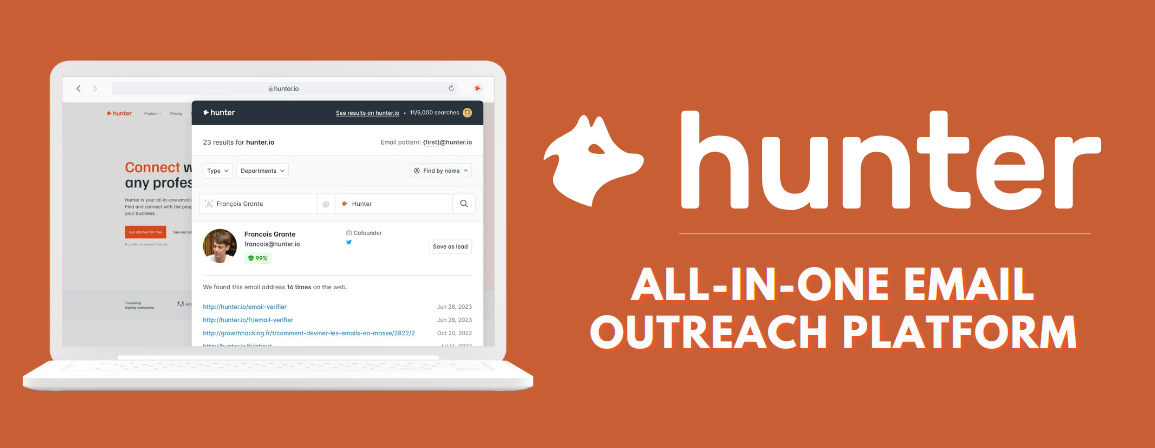Optimizing Email Advertising Campaigns: A Comprehensive Guide for Success
In the realm of digital advertising and marketing, email campaigns remain to be a foundation for businesses looking for to involve with their audience efficiently. The potential reach and influence of a well-crafted e-mail can be immense, however the essential lies in the optimization of each project element. From the subject line that figures out whether an e-mail obtains open up to the complex approaches of target market segmentation, personalization, and A/B screening, every information plays a vital function in the success of an email marketing campaign. By recognizing these aspects and grasping the art of metrics tracking and analysis, companies can open the true possibility of their email projects.
Crafting Compelling Topic Lines
Crafting engaging subject lines is a critical aspect of email advertising campaign optimization that dramatically affects open prices and engagement levels. A well-crafted subject line acts as the very first factor of contact between the sender and the recipient, establishing whether the email obtains opened or disregarded. To develop a reliable subject line, marketing professionals should aim for brevity, relevance, and a touch of intrigue to record the recipient's focus swiftly. Customization, consisting of the recipient's name or customized material, can also enhance the subject line's appeal. Furthermore, incorporating a sense of necessity or exclusivity can motivate recipients to act promptly upon seeing the email.
Additionally, A/B testing various subject lines can offer beneficial insights right into what resonates best with the target market, enabling continuous optimization based upon real-time data. hunter io pricing. The best goal of crafting compelling subject lines is to tempt receivers to open the email, therefore enhancing the chances of conversion and promoting a favorable relationship between the brand and the target market

Target Market Division Techniques
Effective target market segmentation techniques are critical in tailoring email advertising and marketing projects to details demographics or behavior patterns, enhancing engagement and conversion rates. By dividing your customer list into smaller, a lot more targeted sectors based upon variables like age, location, acquisition history, or browsing behavior, you can provide much more tailored and relevant web content to each group. This tailored method increases the possibility of recipients engaging with your e-mails, ultimately causing greater conversion prices.

Customization Methods
The implementation of personalized material in e-mail advertising and marketing projects enhances customer interaction and fosters a much deeper connection with receivers. Customization techniques allow online marketers to customize their messages to individual choices, actions, and demographics, increasing the possibility of conversion - hunter io pricing. One effective approach of customization is utilizing the recipient's name in the subject line or salutation, producing a feeling of experience and relevance. Additionally, leveraging information from past interactions and purchase history enables online marketers to recommend products or services that line up with the recipient's interests. Dynamic content insertion further enhances personalization by providing tailored web content blocks based on customer information or segmentation criteria.
By analyzing client interactions and interaction patterns, marketing professionals can send out timely and individualized suggestions that resonate with recipients. By applying individualized strategies attentively and purposefully, e-mail marketers can drive greater engagement, boost conversion prices, and foster long-lasting consumer loyalty.
A/B Testing Best Practices
To optimize the efficiency of e-mail advertising campaigns, utilizing A/B screening best methods is necessary for identifying one of the most impactful methods. A/B screening includes contrasting two variations of a marketing element, such as subject lines, content, or calls-to-action, to see which does much better with your target market. When conducting A/B examinations, it is vital to concentrate on one variable at once to properly gauge its effect on the campaign's success.
To ensure reputable outcomes, it is why not find out more advised to test a significant portion of your email listing, preferably splitting it equally in between the control (A) and variant (B) groups. Furthermore, establishing clear objectives and essential efficiency indications (KPIs) prior to running the tests is important for successfully examining the results. Examining the outcomes diligently and drawing actionable insights from the data will certainly aid in refining future email marketing techniques. By regularly testing and maximizing various components with A/B testing, marketers can boost involvement, conversion you can try these out rates, and ultimately, the general success of their email campaigns.
Metrics Tracking and Evaluation
For email advertising projects to yield optimal results, thorough monitoring and evaluation of key metrics are imperative. Open up rates show how several recipients opened up the email, while click-through prices determine the number of customers who clicked on web links within the email. Bounce rates highlight the number of emails that were undeliverable, and unsubscribe rates suggest the number of recipients choosing out of future interactions.
Verdict
To conclude, maximizing e-mail marketing campaigns calls for interest to detail and strategic preparation. Crafting engaging subject lines, utilizing target market division methods, applying customization strategies, performing A/B testing, and tracking metrics are all crucial components for success. By following these guidelines and continually analyzing campaign efficiency, businesses can improve interaction, conversion rates, and overall effectiveness of their e-mail advertising initiatives.